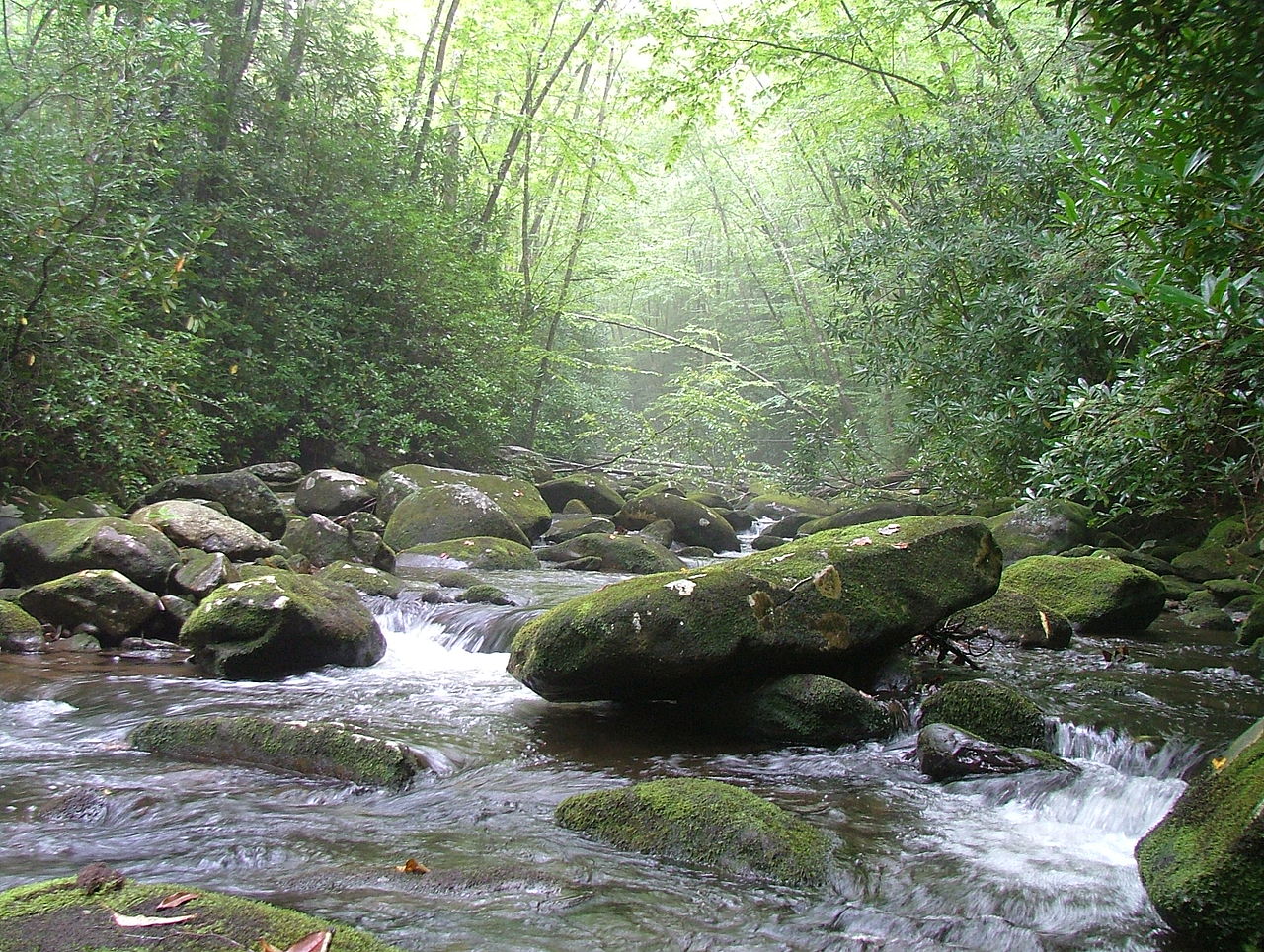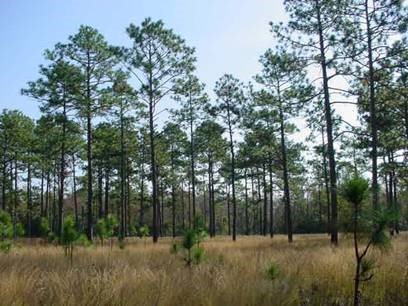LANDFIRE produced
vegetation dynamics products for every major ecological system in the Continental US, Alaska and Hawai'i, called
Biophysical Settings (BpS). Each ecological system and BpS has two explicitly related product components:
- A quantitative state-and-transition model that includes succession and disturbance rates and pathways representing the time period just prior to significant European settlement.
- A complete, textual description document published as a pdf file that contains qualitative site and vegetation descriptions, as well as descriptions and rules for defining and mapping succession classes.
The original suite of models and descriptions was created reviewed and updated between 2004 -2009, and reviewed and updated between 2015-2019. The original product suite is available for download on the
program website. The reviewed product suite will be available in the summer of 2020.
These vegetation dynamics products were developed within LANDFIRE to support objectives related to mapping historic vegetation patterns and fire regimes, and for evaluating landscape conditions through a departure metric. Vegetation dynamics products explicitly link to the BpS and associated spatial data products.
The vegetation dynamics products have important utility beyond LANDFIRE, among them:
- Understanding and communicating vegetation dynamics to landscape stakeholders.
- Evaluating current landscape conditions.
- Exploring and identifying desired future conditions.
- Investigating and comparing the costs and benefits of management scenarios.
Videos, Publications, Applications
Dive deeper into BpS details, process, model examples, guides, and resources via
this page on Conservation Gateway.
Select Videos
Publications
Daniel, Colin J. 2016.
State and Transition Simulation Models: a framework for forecasting landscape change. Methods in Ecology and Evolution. 28 May 2016.
Blankenship, K., J. Smith, R. Swaty, A. Shlisky, J. Patton and S. Hagen. 2011.
Modeling on the Grand Scale: LANDFIRE Lessons Learned. In: Kerns, Becky K.; Shlisky, Ayn J.; Daniel, Colin J., tech. eds. Proceedings of the First Landscape State-and-Transition Simulation Modeling Conference, June 14–16, 2011, Portland, Oregon. Gen. Tech. Rep. PNW-GTR-869. Portland, OR: US Department of Agriculture, Forest Service, Pacific Northwest Research Station: 43-56.
Blankenship, K., L. Frid and J. Smith. 2015. A state-and-transition simulation modeling approach for estimating the historical range of variability. AIMS Environmental Science 2015. 2(2): 253-268. 10.3934/environsci.2015.2.253.
Low, G., L. Provencher and S. Abele. 2010.
Enhanced conservation action planning: Assessing landscape condition and predicting benefits of conservation strategies. Journal of Conservation Planning Vol 6 (2010). 36-60.
Three Sample Applications
Cherokee National Forest Collaborative Restoration Planning

A group of stakeholders coordinated by the
Tennessee Chapter of The Nature Conservancy completed an analysis of management options for the North District of the Cherokee National Forest.The process combined local ecological knowledge and spatial data with LANDFIRE spatial data and modified LANDFIRE vegetation models. The analysis resulted in consensus regarding best management approaches for the District.
(c) Chris Morris, Wiki Commons
Eastern Washington Forests "Whole Systems" Assessment

The
Washington Chapter of The Nature Conservancy conducted a broad scale assessment of forest conditions in eastern Washington. The assessment is part of a "whole systems" approach designed to account for ecosystem processes and the needs of human communities while setting conservation goals. LANDFIRE's biophysical settings, succession class, and reference conditions data were used to calculate Ecological Conditions in the study area. The paper
An Ecological Context for Whole Systems Conservation of Eastern Washington Forests provides an overview of the process and presents key results.
How Global Biodiversity Hotspots May Go Unrecognized: Lessons from the North American Coastal Plain

The case study of the North American Coastal Plain (NACP) underscores the under-representation of certain regions as global conservation priorities. With the efforts of the authors and Parr et al. (2014), ancient, fire-dependent biomes with high endemism of herbaceous plants and associated animals are finally becoming recognized as biologically significant. The authors theorize that suspected systematic biases and misconceptions about biogeographic history and ecology, in addition to paltry information, obscure the existence of other conservation-significant regions world-wide. LANDFIRE was the only available data set that allowed a consistent assessment of historic vegetation loss across the NACP region, and only LANDFIRE data products included estimates of the historic fire regime across the region.
For more, see the "Super User" Applications section on Conservation Gateway for more examples of how LANDFIRE data and tools are being used.
CONNECTIONS
LANDFIRE Program
LANDFIRE Program helpdesk
LANDFIRE E-mail
Follow us on
Twitter
LANDFIRE on YouTube
LANDFIRE on
Wikipedia
TNC-LANDFIRE Team
RETURN TO LANDFIRE HOME PAGE
